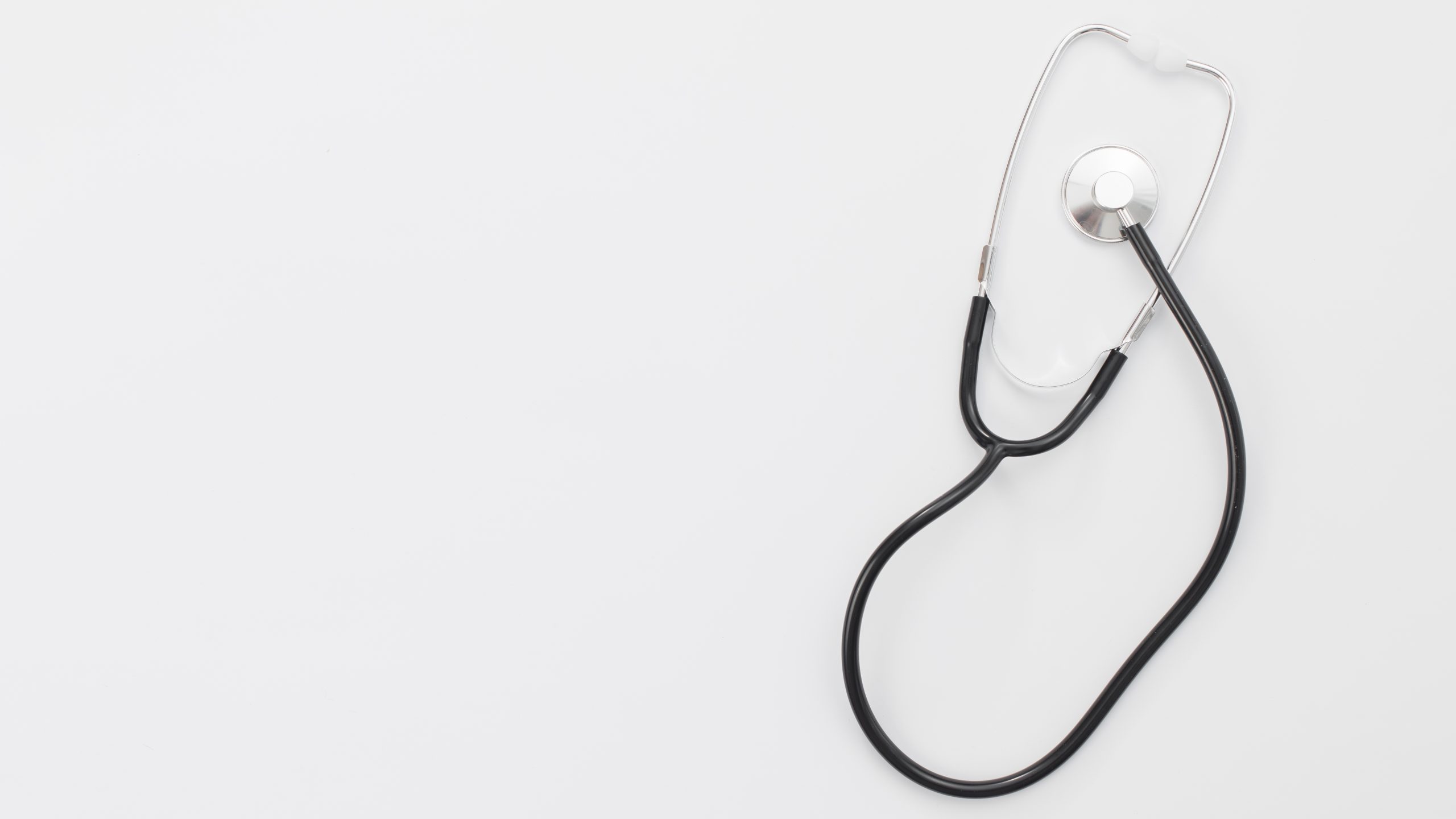Physical Address
304 North Cardinal St.
Dorchester Center, MA 02124
Physical Address
304 North Cardinal St.
Dorchester Center, MA 02124

People do not prioritize their health and often go to hospitals and doctors while discovering symptoms in their bodies that cause disease. It’s the best way to eliminate the factors.The next article will focus entirely on preventive medicine and how it can help further reduce healthcare-related costs.
What is preventive medicine?
Health care or prevention includes actions people consider to prevent disease. Forms of health care include the use of medical services or preventive measures to combat potential health crises. This is the most important step people can take to better manage their health.
Several factors such as heredity, lifestyle, environmental factors and pathogens affect people’s health. Therefore, everyone should undergo regular medical examinations and screening tests by a doctor.
people choose health care to stay healthy and disease eradication becomes critical. Preventive care combined with medication saves patients from worsening health conditions and saves money from future costs, especially if the patient is suffering from a chronic illness.
What are preventive services? Here are some examples of medical benefits and their frequency. ·
Annual Physical Examination (once a calendar year): The
Annual Physical Examination is an examination by a physician or general practitioner (PCP) of all areas of a person’s health, including physical and mental health. A thorough examination of the patient can help detect health problems early.
Annual Flu Vaccination:
Most healthcare plans include a flu shot to protect you from all types of influenza viruses.
Mammography (her calendar year after patient turns 40):
Patients over 40 years of age should have their X-rays of breast tissue periodically examined to detect cancer or other abnormalities. Check for signs of Some health insurance companies may cover the cost of 3D imaging.
Colonoscopy (usually every 10 years from when he is 50) to detect colorectal cancer.
Immunization, booster vaccination against measles, rubella, polio, etc. Administered in childhood.
Health care helps people stay healthy, active and earn enough in old age. Research shows that about 35% of people should consider early retirement before they are financially ready. You can reduce the number by choosing affordable preventive care.
Why should patients choose preventive care?
Access to preventive care helps Americans reduce health care costs by allowing doctors to prevent or treat illnesses before patients need an emergency room (ER). Nearly a third of the cost in the US is spent on hospital care, which is arguably very expensive. In 2010, 21.4% of adults had at least one emergency room visit, down from 18.6% in 2017. Adults who do not have access to affordable preventive care are more likely to visit the emergency department several times. Statistics show that 7% of adults in the 18-64 year old group went to the emergency room in 2014 because they had no choice, regardless of health insurance status. About 77% of Americans visited the emergency room for health complications, including those whose doctors recommended emergency room care. About 15.4% of uninsured adults in 2014 are more likely to use an emergency room due to the lack of other providers.
Undoubtedly, the cost of ER care for uninsured patients is very high. Hospitals provide care without the need for patients to pay for services. Hospitals are switching to Medicaid and health insurance premiums because they have to reimburse, increasing the cost of care for everyone.
Impact of prevention costs on health care costs
Chronic diseases are the leading cause of death in humans that can be prevented or managed with regular visits to the health care system. These include:
· Heart disease
・ Cancer
・Stroke u
・Chronic diseases of the lower respiratory tract
Malnutrition and obesity are the leading causes of heart disease and stroke. Genetics and smoking lead to lung cancer, the most common type of cancer. Obesity also carries the risk of several other cancers. These chronic conditions are expensive to treat, even before they reach emergency department status. About 90% of the $3.5 trillion includes healthcare costs for people with mental health problems and chronic diseases. Patients who had never been screened or received prescription therapy could not afford therapy, screening, routine tests, and medications to treat the underlying conditions of their disease. In, they go to the emergency room in cases of stroke, heart attack, and other complications.
But with regular access to affordable care, patients are more likely to discover and treat their chronic disease. This reduces the likelihood of emergency room visits and further investment in expensive treatment for ailments that have passed conventional care. Because there is no more, the overall health care costs for everyone will also decrease.
When and what kind of health care is most appropriate?
The patient’s primary health care provider assists the patient in arranging the most appropriate admission and testing. When analyzing beneficial shots, healthcare providers take into consideration certain aspects such as family history, age, gender, current health status, and several other factors. Conclusion
Preventive care often covers 100% of a health care plan and offers multiple benefits to patients, both in terms of cost and health. However, if a person has any questions or dilemmas about the treatment or tests done, they should talk to their doctor as soon as possible.
Everyone knows that “Health is wealth”. If the patient is healthy, we will do our best. A healthy lifestyle is also important. This reduces risk factors and saves patients money on medicines.